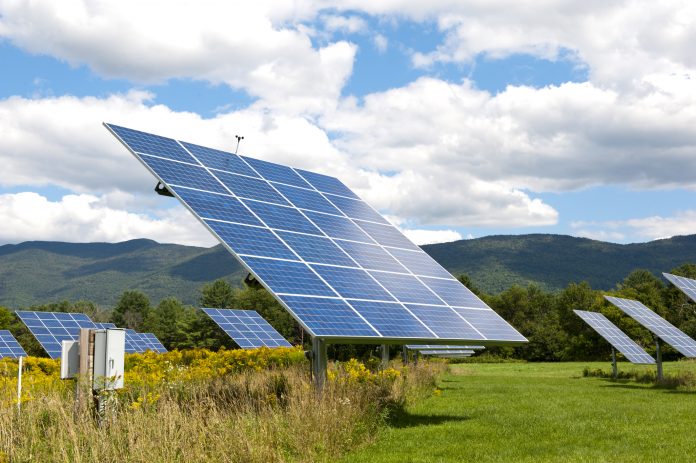Dale Edwards, Nuclear Energy Consultant at Clarke Willmott shares his thoughts on the need for the UK to have a robust energy sourcing strategy for the future
Energy consumption and how the energy is sourced over the next 20 years is likely to be very different than what we have and are currently used to. Technology, consumer preferences and business models are advancing at an increasingly swift pace and as such, it is difficult to predict the future with absolute clarity and certainty.
Government policy has driven and will continue to drive how energy is being sourced. This started over a decade ago with the 2007 White Paper “Meeting the Energy Challenge” setting out the Government‘s international and domestic energy strategy to address the long term energy challenges faced by the UK, to deliver key policy goals including cutting carbon dioxide emissions by 60% by 2050 and to maintain reliable energy supplies.
In 2011, 70% of energy came from fossil fuels (coal and gas) with the remaining 30% coming from low carbon sources (renewables and nuclear energy). Move forward six years, the landscape had changed significantly with low carbon sourced energy accounting for over 50% of energy supply, with the government committing to closing all coal power plants by 2025.
The continuing erosion of the fossil fuel market share will not be stopped which I firmly believe is right for the UK’s climate change credentials and ambitions, but at what price? There are big questions which are being raised about the vulnerability of the UK having a reliable and sufficient energy source through low carbon energy generation. The need for more energy to be produced could increase particularly as low carbon electricity is becoming the go-to alternative solution for heating and transport.
Nuclear power is essential for meeting the UK’s greenhouse gas emissions reduction target along with having a reliable load base. This is unless we can adapt to depending on variable wind and solar along with commercially viable innovations in carbon capture and storage, which could prove to be challenging and potentially unrealistic.
With the recent news of the planned new nuclear power plants in Cumbria (Toshiba) and North Wales (Horizon) not currently progressing, it leaves only Hinkley Point C which is anticipated to deliver 6% to the UK energy needs being built. Currently, there are 15 nuclear power plants operating across eight sites in the UK providing over 20% of the UK energy mix, however, some of these plants will be decommissioned in the coming years. We need to ensure that Sizewell and other planned new nuclear power plants get the green light to proceed.
The civil nuclear industry currently employs over 63,000 and contributes over £6 billion to the UK economy and would be in the interest of the UK to grow this sector over the coming decades. I admit nuclear energy is not the panacea, but believe that the UK economy requires a balanced low carbon energy portfolio which includes nuclear, solar, wind, tidal, hydro and biomass, to ensure in the future we have the energy to heat and light our homes along with powering our businesses.











